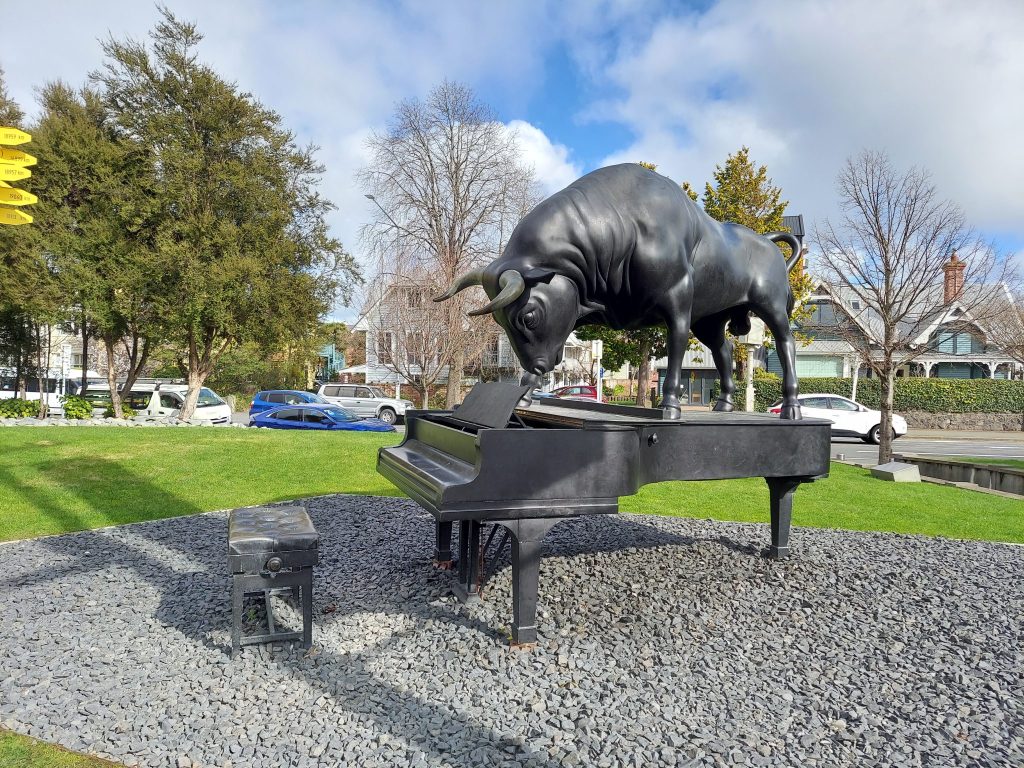Overcoming Distances
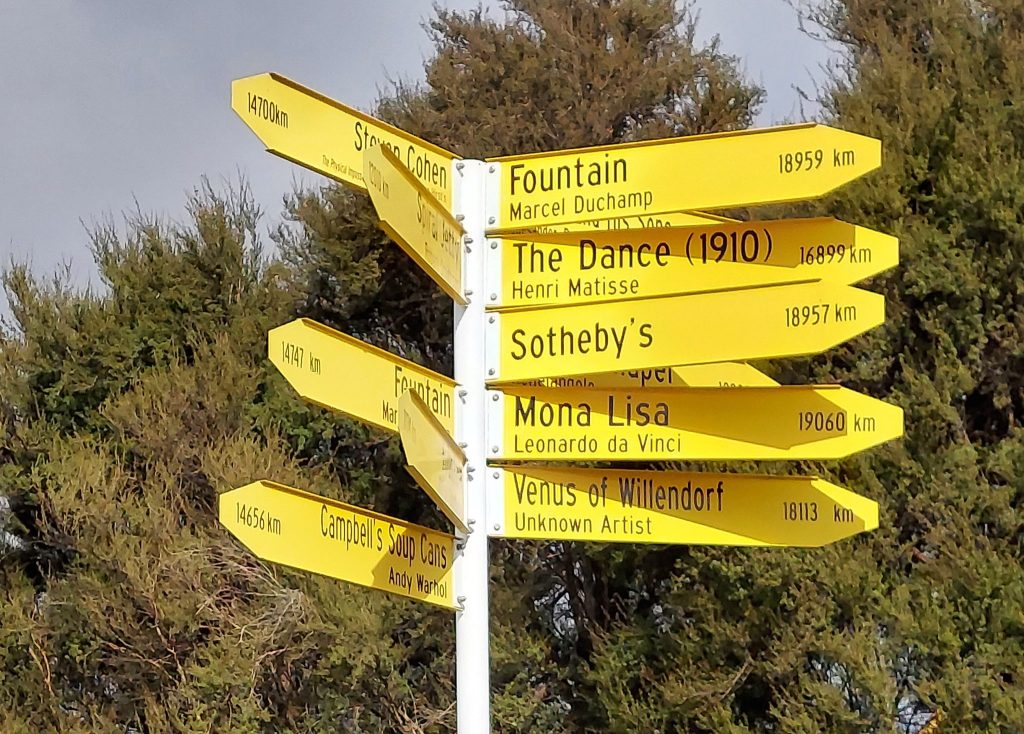
To say that the 2022 ISCM/ACL Festival was ambitious is an understatement. Two festivals were held concurrently in two cities, on two different islands, representing a broad and diverse range of music from around the world. The 2022 ISCM World New Music Days Festival was held concurrently with the 2022 festival for the Asian Composers League, an organisation that represents the music of 15 countries from around the Asia-Pacific region, adding further diversity to the 50 or so countries represented by the ISCM. Between the two festivals, 139 works by 131 composers were performed in a variety of formats including sound installations, solo percussion, a cappella choir, works for symphony orchestra, and duets for taonga puoro and flute among many other things.
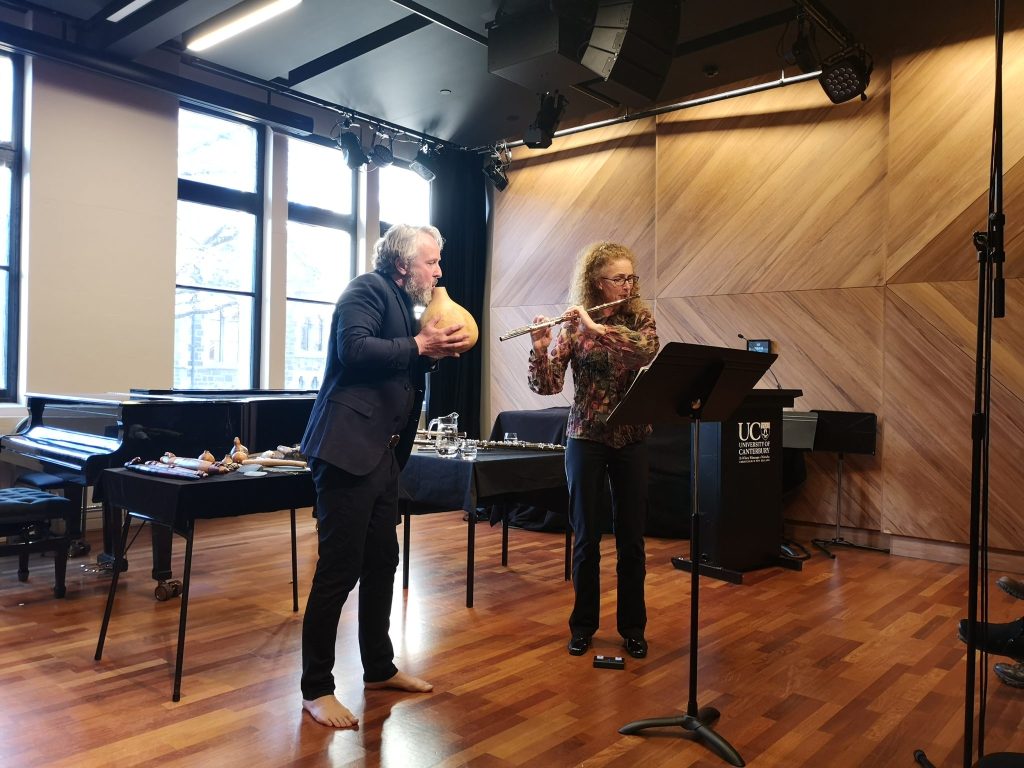
There were also incredible distances involved; Aotearoa New Zealand is of course a long journey to take from any country, but many international visitors were also surprised by the distances that needed to be traversed within Aotearoa itself. While New Zealand is often considered a small country, it is in fact a very long one with the two host cities being some 764 kilometres apart. This is comparable to the distance from London to Geneva (746.18 km), for instance, or from Ottawa to Washington DC (732.87 km). Add into this mix the disruption of worldwide pandemic on a festival that was supposed to take place in 2020 and you have the recipe for a truly remarkable feat.
The festivals took place over 9 action-packed days in August, from the 23-27 in Tāmaki Makaurau Auckland and 28-31 in Ōtautahi Christchurch. The two host cities offered very different moods, although they shared the feeling of being under construction. Auckland was in the midst of building a long-anticipated underground railway line and Christchurch, having spent the last ten years recovering from a devastating earthquake, felt like a city that was starting to come into its own again. Newly refurbished venues like the Piano and the University Great Hall really stood out as beautiful places to make music. Having said that, Auckland venues certainly did not disappoint either. The mist over the Waitakare forest outside Te Uru Art Gallery, for example, provided a spectacularly moody backdrop to Christian Skjødt’s performance of Interdependecies, Part I which was absolutely magical.
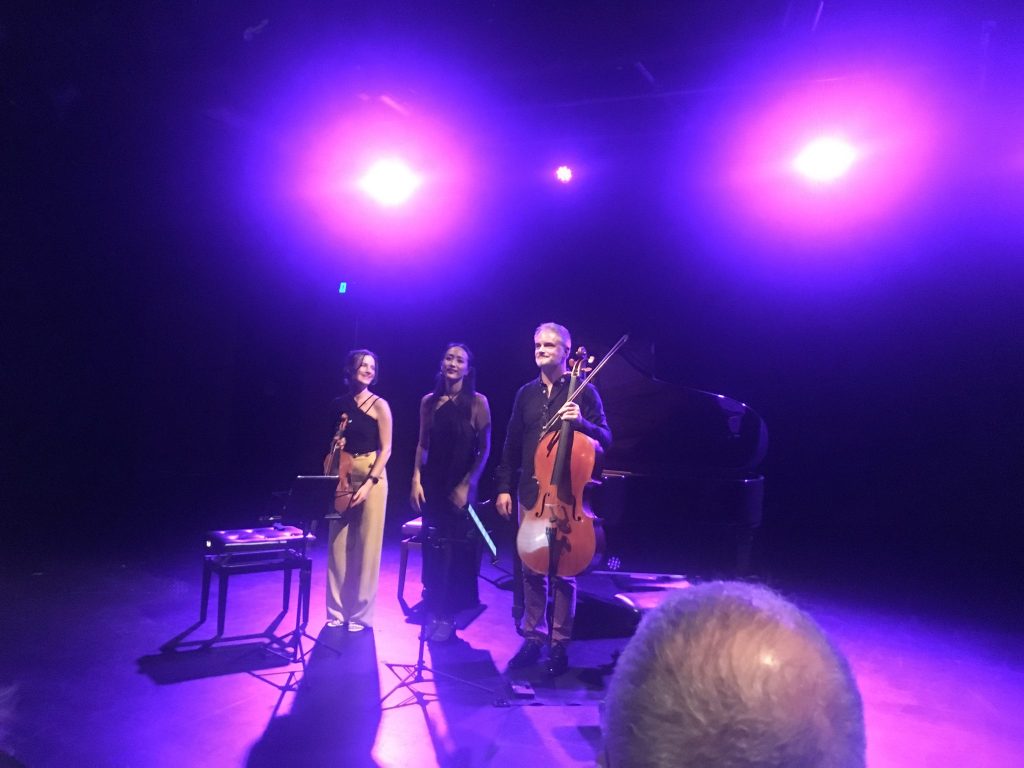
New Zealand showcased some of its best ensembles with a range of fantastic concerts. For me, highlights included the NZ Trio’s electrifying performances at Q Theatre in Auckland and The Piano in Christchurch. It was also wonderful to hear some truly unique sounds from Aotearoa represented in the duo of Bridget Douglas and Alistair Fraser, who blended the full range of western flutes (from bass to all the way piccolo) beautifully with taonga puoro–the musical instruments of New Zealand’s indigenous Māori culture. The ‘Dots and Voids’ installation at Audio Foundation also exhibited a range of engaging sound art installations that played with sound and space in fascinating ways.
With such a varied and assured collection of performances on offer, it was sometimes disappointing to see a low public turnout at these events. It is tempting to attribute this to an understandably shy New Zealand populace who were still recovering from recent COVID lockdowns, however many performances bucked this trend. The New Zealand String Quartet’s performance at the University of Canterbury Great Hall was packed, as was the performance by Christchurch Youth Orchestra. Meanwhile, the auditorium was nearly empty for the Christchurch Symphony Orchestra and many events at the Piano were barely filled. This suggests that concerts were more successfully marketed toward delegates rather than they were toward the general public.
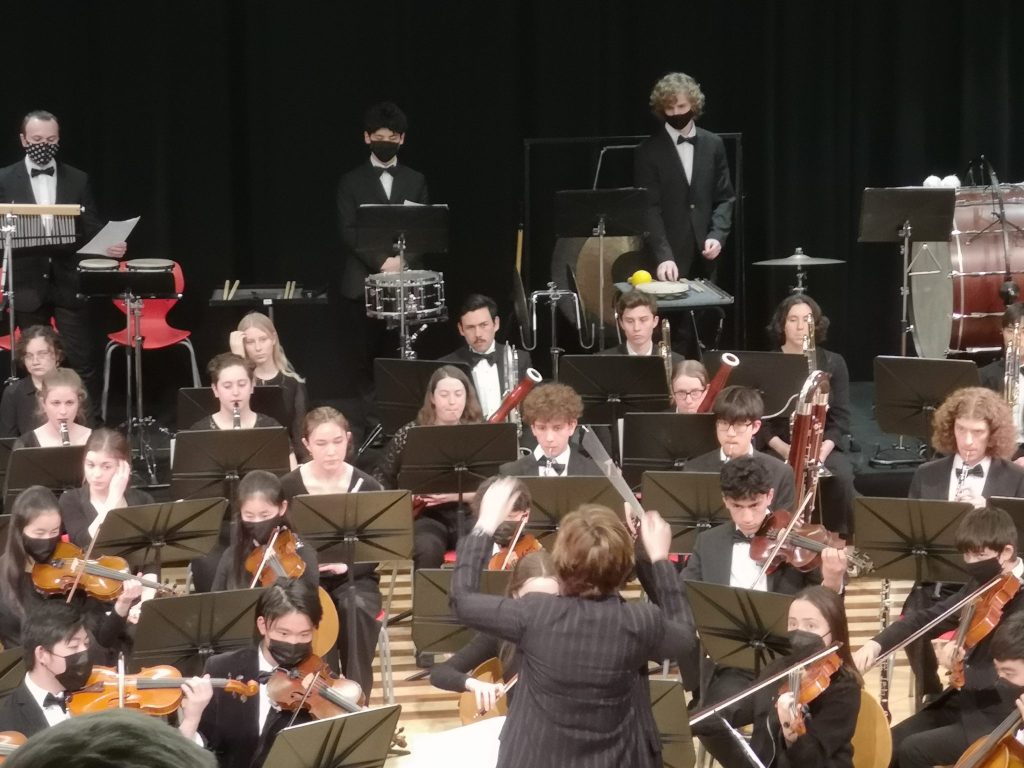
In the case of the two aforementioned exceptions, the NZSQ seems to have reached a different audience by including the concert in their subscription series, and the youth orchestra was no doubt able to draw on family connections for a larger audience turnout. More intimate venues fared much better in this respect but often suffered from the opposite problem, being nearly filled by festival delegates with little room for the general public. This issue is by no means exclusive to this festival, and is something I have observed at many similar events around the world, but as we have seen, it is possible to attract larger audiences. As we consider future festivals, it is worth considering what new strategies we can employ to can ensure that our concerts reach as many people as possible.
The COVID-19 pandemic presented the festival with some significant difficulties–indeed, the whole event was supposed to occur in 2020 but had to be postponed at significant cost. With this mind, it is tempting to think of the festival that might have been had these things not come to pass. New Zealand’s borders opened up leading into to the festival, but this happened very gradually and slowly. Because of this, many delegates were unable to attend in person. Additionally, some 22 works initially planned for the 2020 festival could not be carried forward, mostly for logistical reasons.
Australia’s Ellison ensemble–one of the first groups booked for the 2020 event–could not attend in person and so presented their concert as a film presentation. While disappointing, as it would have been great to see Ellison in person, when looked at another way this development presents an opportunity. Perhaps this is a chance to re-imagine what a New Music concert can be in the age of digital media by creating a finely crafted document that can be distributed well beyond the concert hall–and to new audiences.
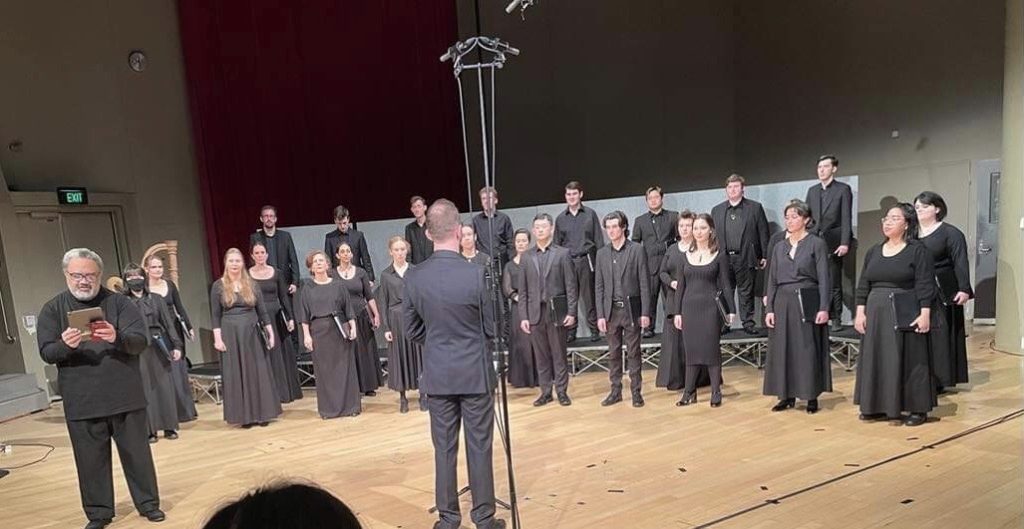
The festival was the first time that either the ISCM or ACL festivals had embraced a hybrid online/in person approach. General Assemblies were held in person and online simultaneously, and almost all concerts were livestreamed and are still available to view on the CANZ Youtube channel. While the in-person experience was doubtless far richer and more immersive for those who could attend, the ability to attend virtually introduced a level of flexibility, accessibility, and the chance to stay at the table during General Assemblies no matter where you are. It also extended the reach of the festival to a wider audience online.
This double-festival was a mammoth task, and the fact that it was such an artistic success in the face of such obstacles really comes down to the sheer grit and determination displayed by Glenda Keam and the organisation committee, as well as a dedicated team of volunteers and the ISCM Ex-Com. The atmosphere was warm and welcoming as musicians from around world enjoyed seeing each other face to face and celebrating our shared love for our artform. For those of us who have been hunkered down in Aotearoa for the last two and a half years it was a reminder the rest of the world is still out there and open for us to explore.
